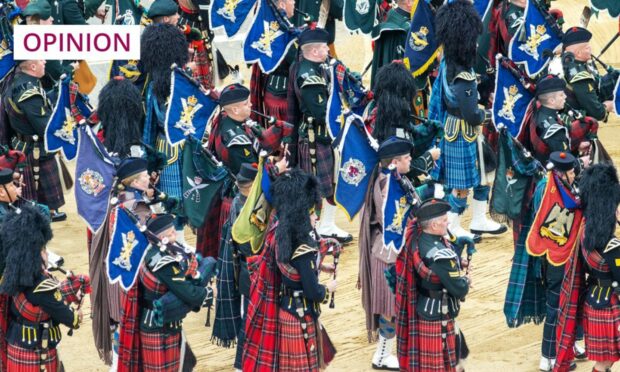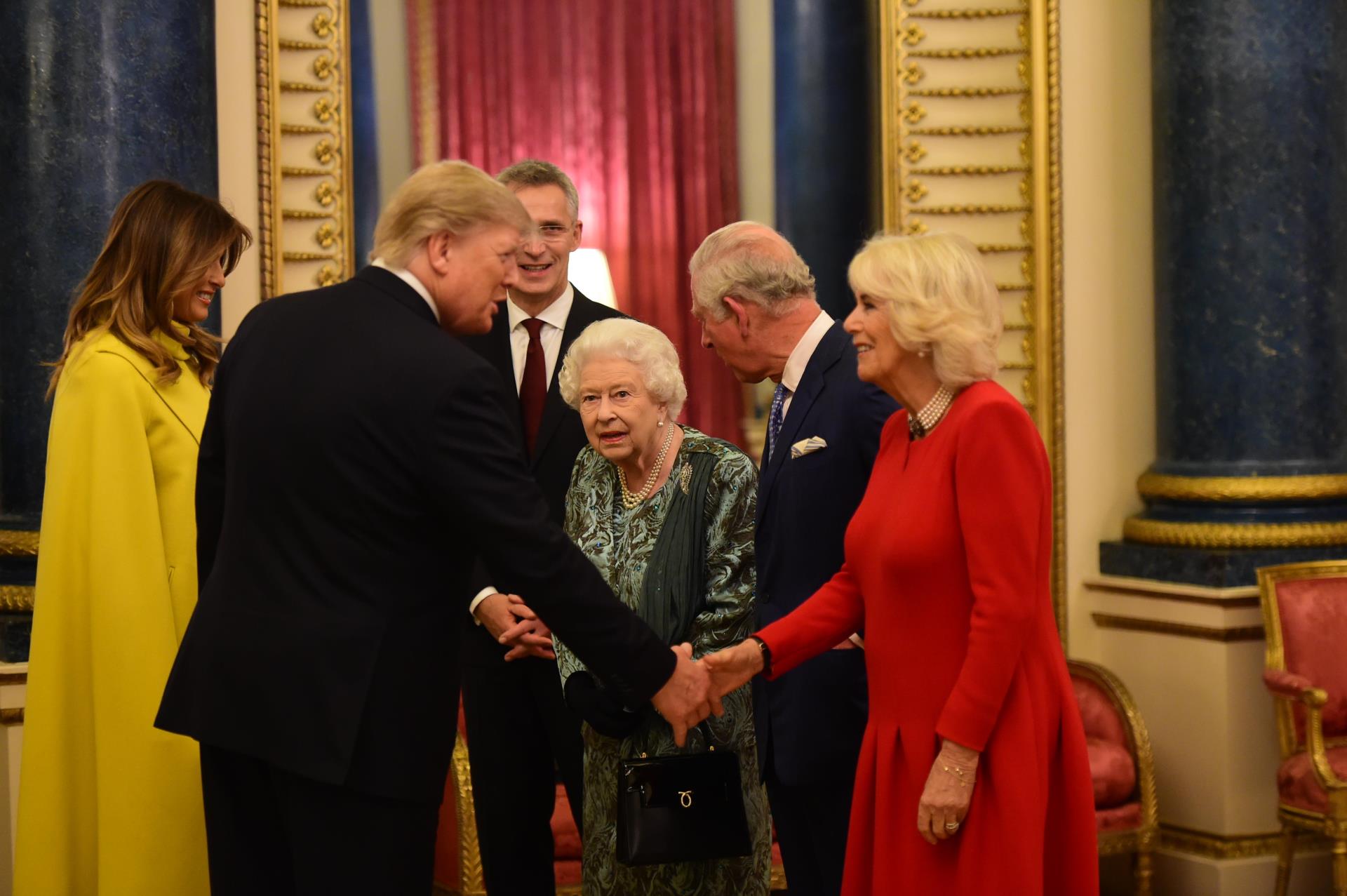It has been such a quiet week with the bank holiday on Monday.
Still, the good thing about these occasional short breaks is that you get off work and you can catch up with the gardening, the washing and even the shopping.
There are always so many things that have been forgotten in the Saturday shop. Tomatoes, for example. I always forget tomatoes for the salad.

Somebody told me the shops were shutting for most of Monday. So I stayed in, washed my hair and had beans on toast instead of a healthy salad. Yeah, beans on toast is handy because you can eat it with just a fork and you can see the telly at the same time.
When I switched on, the Queen’s funeral was getting underway. Amongst all that pomp and ceremony, I heard bagpipes start up with the strains of my favourite tune – O Chì, Chì Mi Na Mòr-Bheanna.
It’s just one of these songs that gets me right there. Like the best Gaelic songs, it is about wanting to escape a rat race and come back to a hilly place you call home.
Learn it, and it’ll make you wobble with emotion. I have to sit down when I hear it. Luckily, I was going at the baked beans with my fork and was already on a cushion.
Mist Covered Mountains in central London
Equally so, just the tune finely played on the box or bagpipes can cause widespread weeping, especially if you were forced to learn it for the local Mod. I just didn’t expect that tune – from a Scottish song, written in 1856 by John Cameron from Ballachulish – to emanate from Westminster Abbey, or wherever those pipers were.
John helped make slates in Ballachulish’s quarries before going to Glasgow. He came back to famously hilly Lochaber to run a business along with his elder brother, and to work a wee croft at Tigh a’ Phuirt in Glencoe.
That tune was also said to have been played during the funerals of the Queen Mother, John F Kennedy and Joe Strummer, he of The Clash.
Strummer, one of a host of self-styled permanently-dissatisfied political punks, knew a good choon when he heard one. Everyone knows the doom-laden ditty London Calling, the one that made The Clash a big name. And remember I Fought the Law.
Besides, although born in Turkey, Joe’s mother was crofter’s daughter, Anna Mackenzie of Bonar Bridge – a fact that has never been acknowledged enough in Scotland.
Usually known as Mist Covered Mountains by monoglots, maybe the slow air O Chì, Chì was the inspiration of one of the Clash’s biggest hits, Should I Stay or Should I Go? Same kind of sentiment about longing right there
An audience with the Queen
Monday’s formal funeral service itself and procession were all very nice and respectful, but all that walking in time with a drumbeat must have caused bunions and corns. Stepping over and through the horse poo was another challenge. A week and a half of fulsome tributes, some based on sketchy information about events on which to base them.
Did I tell you I was once in touching distance of the Queen? In May 2002, when she and the Duke visited Stornoway. They had come down Francis Street, shaking hands and asking if people had come far.
A few of us press people were in a huddle by the town hall door, their eventual destination. Somehow they got separated, and I think Prince Philip must have got in first. We lost sight of Her Maj briefly, with so many people milling around.
Then, a photographer told me to look behind me. Here she was, with the Lord-Lieutenant briskly trying to catch up with her, looking around to see where hubby had got to.
She could have asked me. The photos show she did look my way, but did not even ask how far I’d travelled to be there. After all, I had come all the way from my pad at the top of Francis Street.
Pageantry and politeness
Donald Trump also loved the pomp around the Queen when he visited in June 2019. As they rode in a carriage towards Buckingham Palace, waving to the thousands who were lining the streets, it was indeed a glorious display of pageantry.
Then, I heard, one of the rear horses suffered terrible, noisy flatulence and the carriage was filled with unpleasant fumes. Uncomfortable, but maintaining control, the two leaders did their best to ignore the whole incident at first.
Then the Queen finally turned to The Donald and said: “Mr President, please accept my apologies. I’m sure you understand there are some things even a Queen cannot control.”
He is said to have replied: “Your Majesty, please don’t give the matter another thought. If you hadn’t said something, I’d have assumed it was one of the horses.”
Iain Maciver is a former broadcaster and news reporter from the Outer Hebrides













Conversation